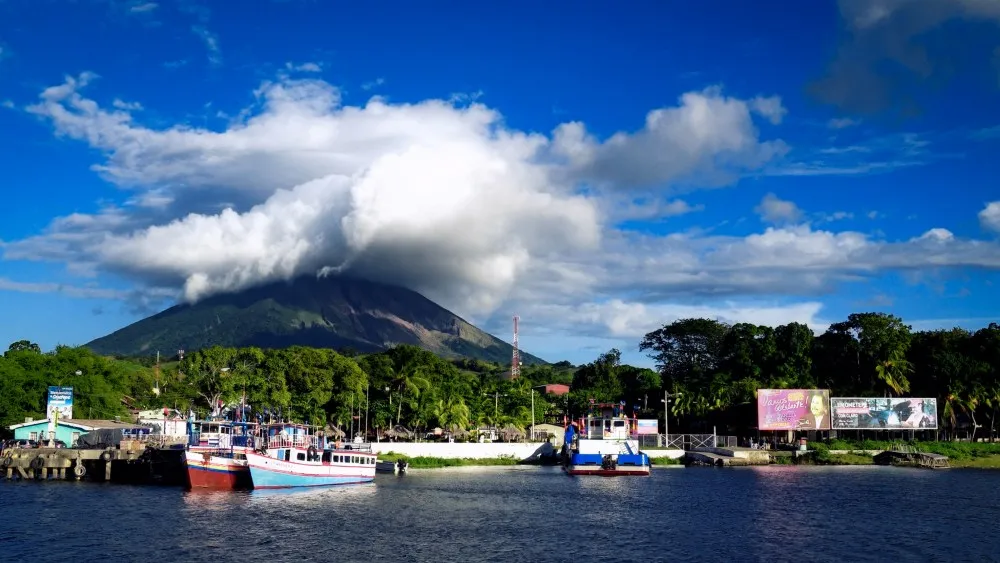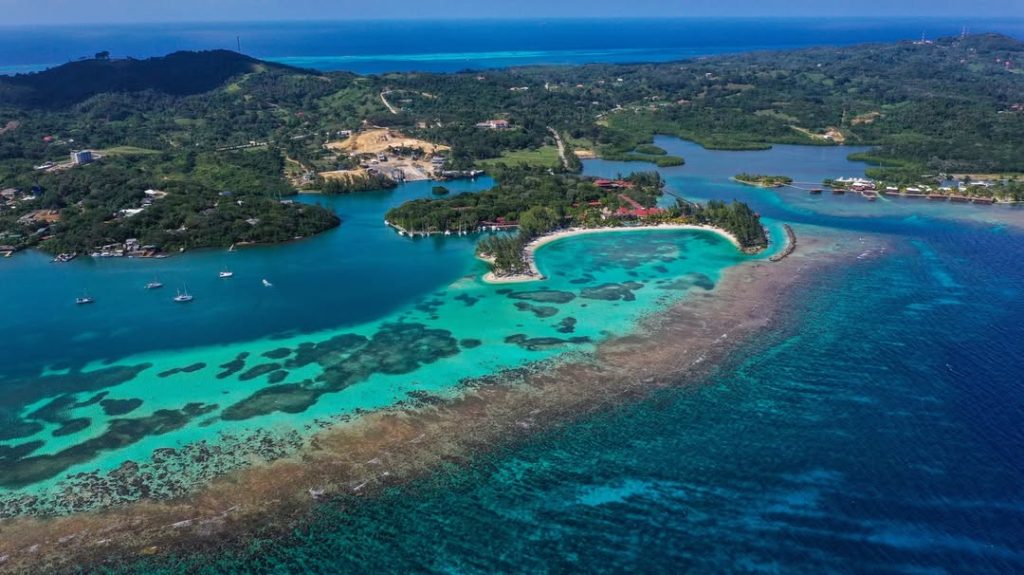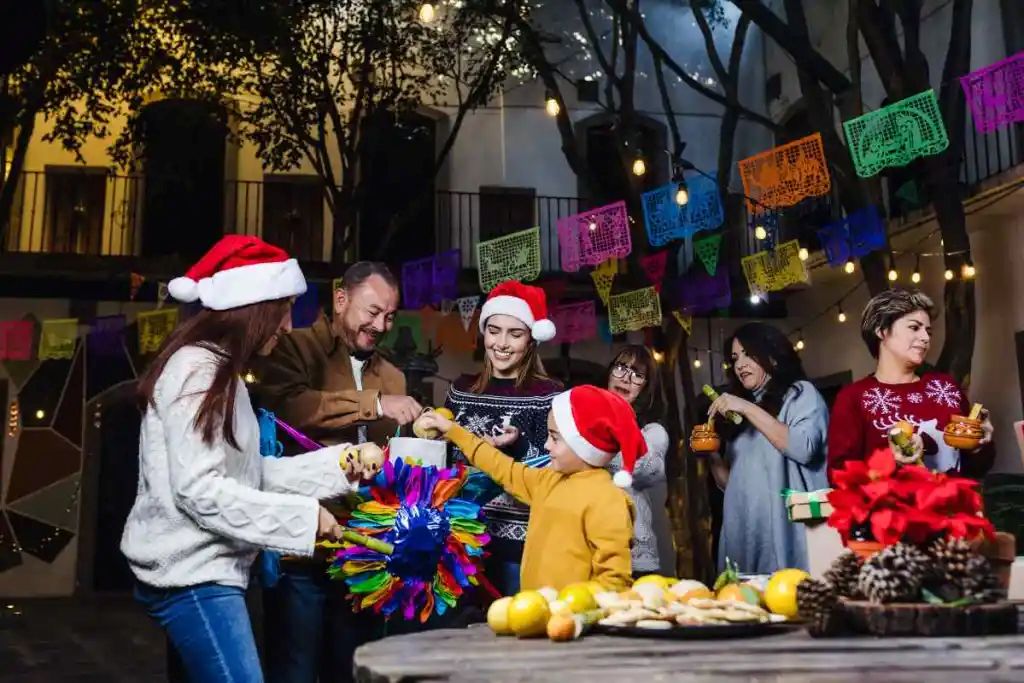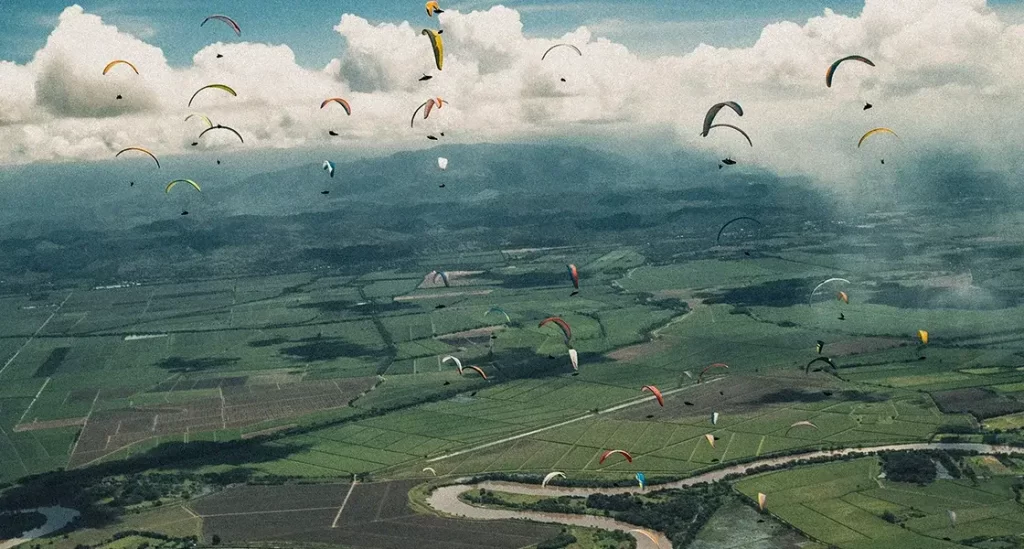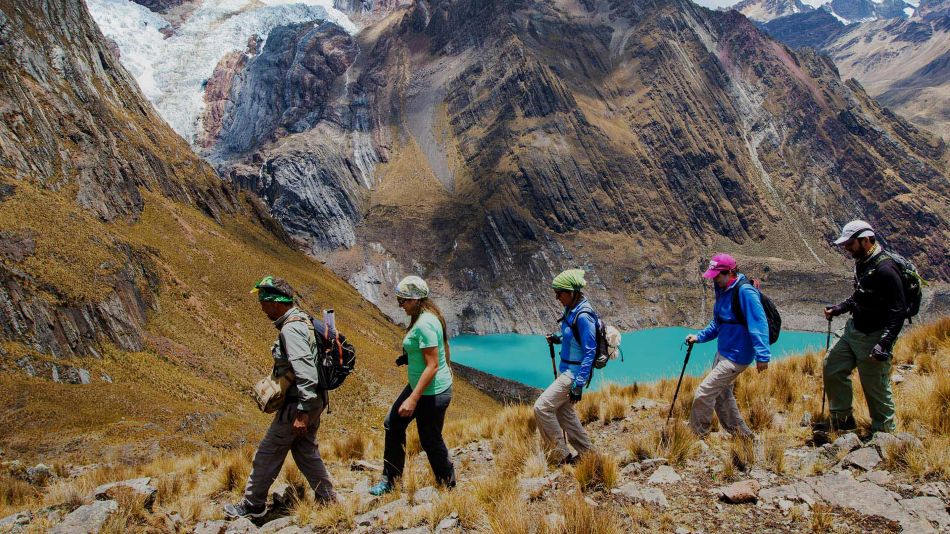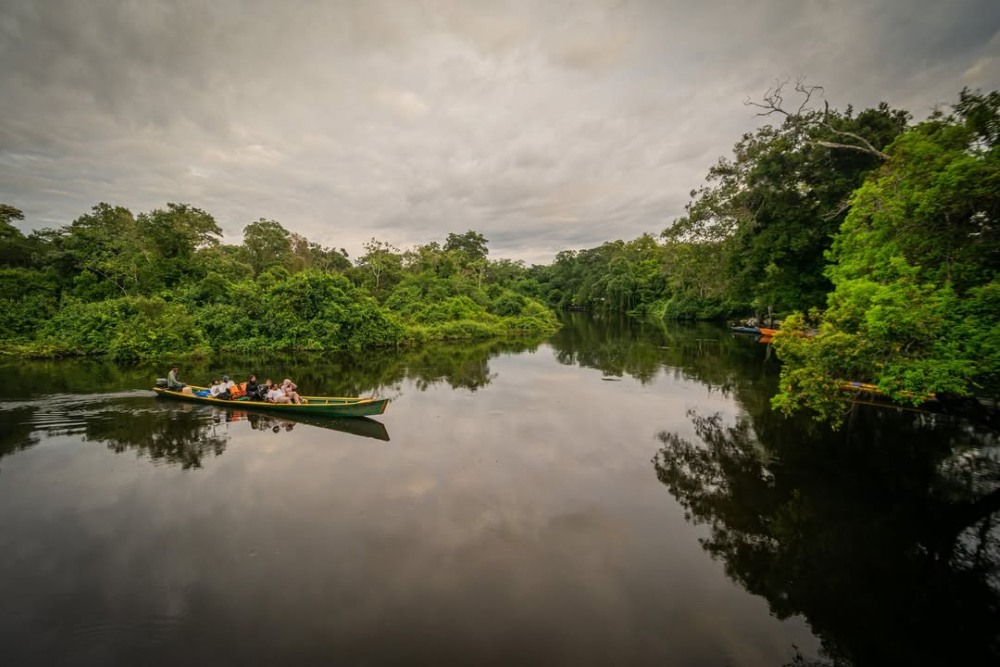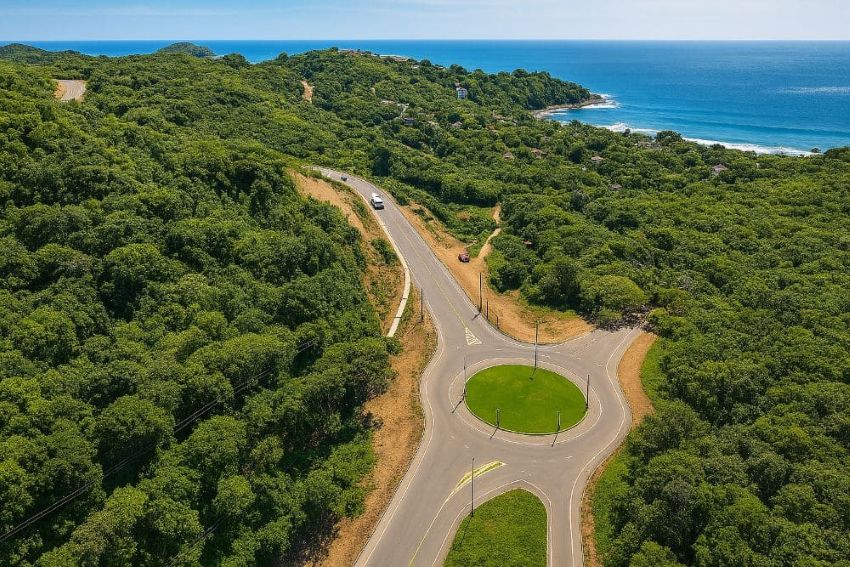Managua surprises visitors with its unique geography and landscapes that blend urban life and nature. Located on the shores of Lake Xolotlán and overlooked by ancient volcanoes such as Telica, the capital of Nicaragua breaks away from classic tourist clichés. Here, markets where the smell of cooked corn still lingers at dawn coexist with lively public squares and natural spaces that invite contemplation. This is a city not just to visit, but to experience fully.
A Cultural Circuit to Explore on Foot
Cathedral of Santiago Apóstol
An architectural testimony to the city’s turbulent history: the imposing ruins of the old cathedral have stood since the devastating 1972 earthquake. While the interior is closed for safety reasons, visitors can admire its neoclassical-baroque façade and stroll through the surrounding gardens. Over time, this site has become both a major tourist attraction and a symbol of resilience that invites reflection.
National Palace of Culture
Built between 1935 and 1940 by Pablo Dambach (the same architect as the Santiago Apóstol Cathedral), this building once housed government offices and is now home to the National Museum, showcasing pre-Columbian and neoclassical collections. It is one of the few historic buildings that withstood the 1972 earthquake.
Rubén Darío National Theater
Facing Lake Xolotlán, this is one of the most important theaters in Central America, known for both its history and its diverse artistic programming. In addition to its grand hall, the theater hosts art galleries, exhibition rooms, and spaces for workshops and educational activities. Ballet, concerts, exhibitions — there’s always something happening here.
Green Getaways Just Minutes from the City
Chocoyero-El Brujo Nature Reserve
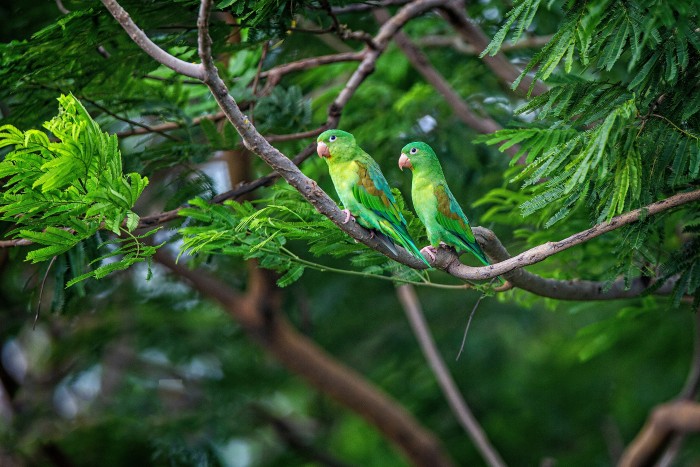
Just 50 minutes from Managua, this sanctuary is home to a rich variety of flora and fauna, including two waterfalls: El Chocoyero and El Brujo. Well-marked trails lead to the falls, allowing visitors to observe over 186 species of birds — including the dazzling green chocoyos (a type of parakeet) — and listen to howler monkeys just meters away. Options include easy or more demanding hikes, camping near the forest, and guided night tours or specialized birdwatching experiences.
Xiloá and Apoyeque Lagoons
Less than 30 minutes from Managua, these two volcanic gems are separated from Lake Xolotlán and offer stunning scenery. The freshwater Xiloá lagoon is popular with locals for swimming and enjoying traditional food by the water. More secluded, Apoyeque stands out for its intense turquoise color and breathtaking views from its crater rim. Both are easily accessible by car or public transportation.
Culture, Cuisine, and Local Life
Traditional Markets and Neighborhoods
Roberto Huembes Market is a treasure trove of typical Nicaraguan flavors:
- Gallo pinto, a mix of rice and beans, is the quintessential Nicaraguan breakfast.
- Vigorón, served on a banana leaf (chagüite), combines boiled yuca, crispy pork rinds (chicharrón), and cabbage slaw — a true festival of textures and flavors.
- Quesillo, made with a tortilla, melted fresh cheese, and pickled onions in cream, is a must-try street delicacy.
These are complemented by other traditional dishes such as nacatamal, indio viejo, and baho, slow-cooked meals with deep mestizo roots, served in family-run eateries or reimagined in the capital’s growing gourmet scene.
Huellas de Acahualinca Museum
A journey through 6,000 years of history awaits in this small museum near Lake Xolotlán. It houses fossilized human footprints left after a volcanic eruption, along with pre-Columbian tools, skulls, and animal remains. Discovered in 1874, these footprints are considered one of Central America’s most significant archaeological finds, offering direct evidence of human presence in the region during the Archaic period. Simple but full of meaning, the museum provides insight into how these early inhabitants lived, their relationship with nature, and the geological events that shaped their world.
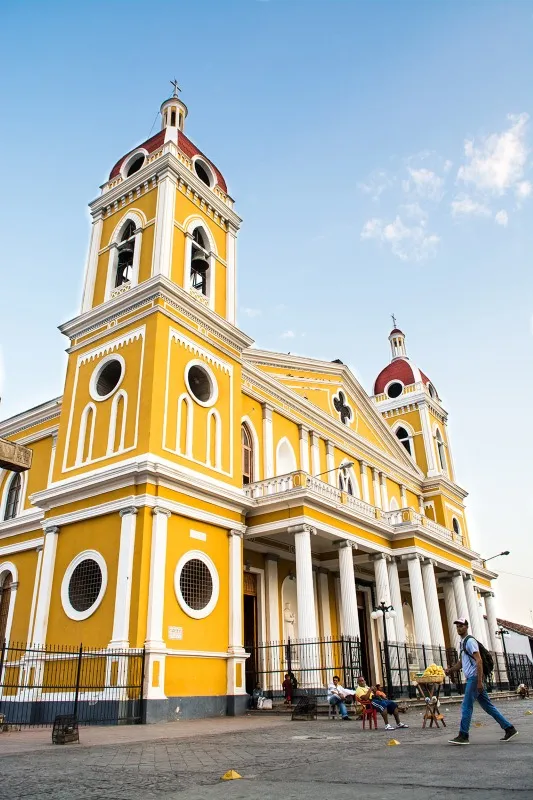
Beyond its own attractions, Managua is a strategic base for exploring the country’s cultural and natural gems. Just an hour away are colonial cities like Granada, with its cobblestone streets and Spanish architecture, and Masaya, famous for its craft market and active volcano, where you can witness molten lava glowing at the crater’s edge.
From Managua, Nicaragua unfolds like a varied and authentic tapestry — accessible, vibrant, and rich in stories waiting to be discovered.
Photos: Kylie Nicholson | Visit Nicaragua | Roberto Zuniga

